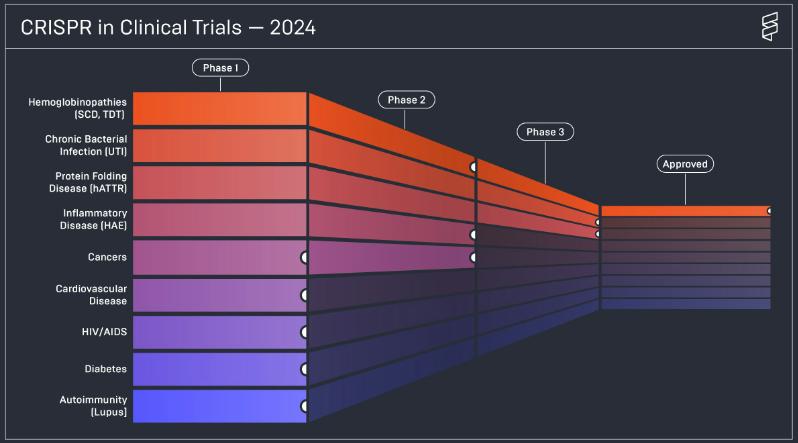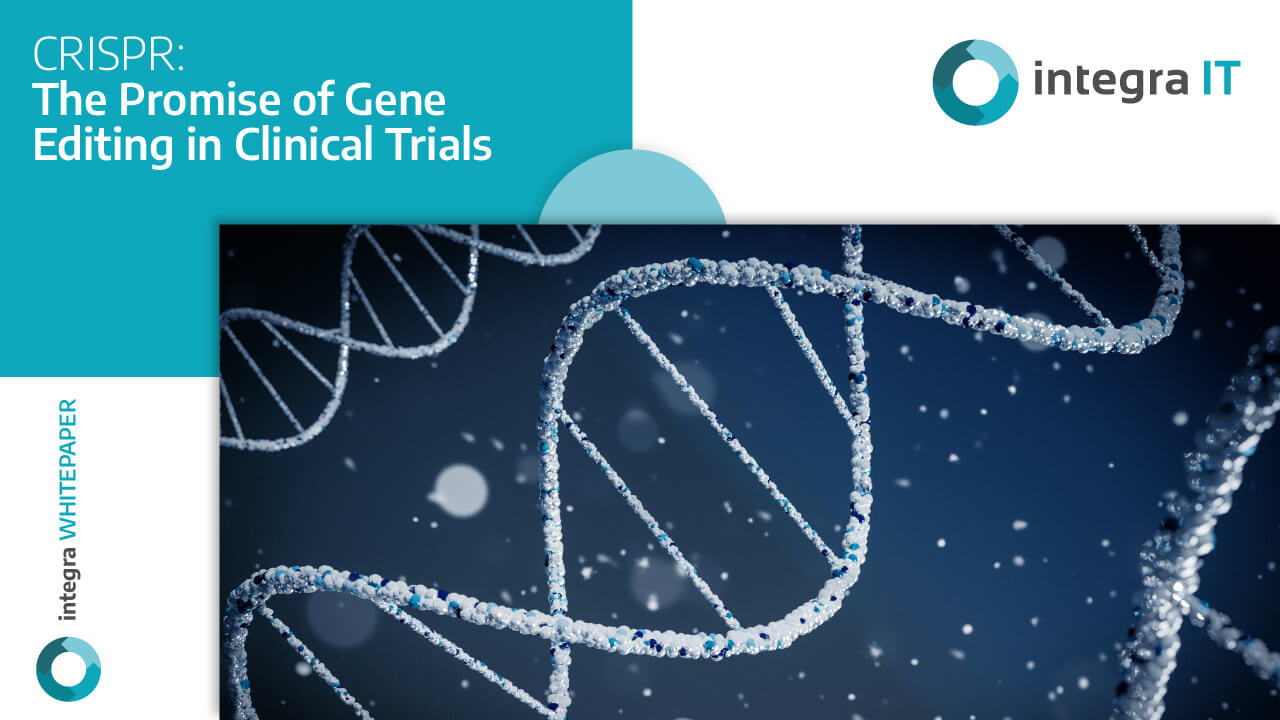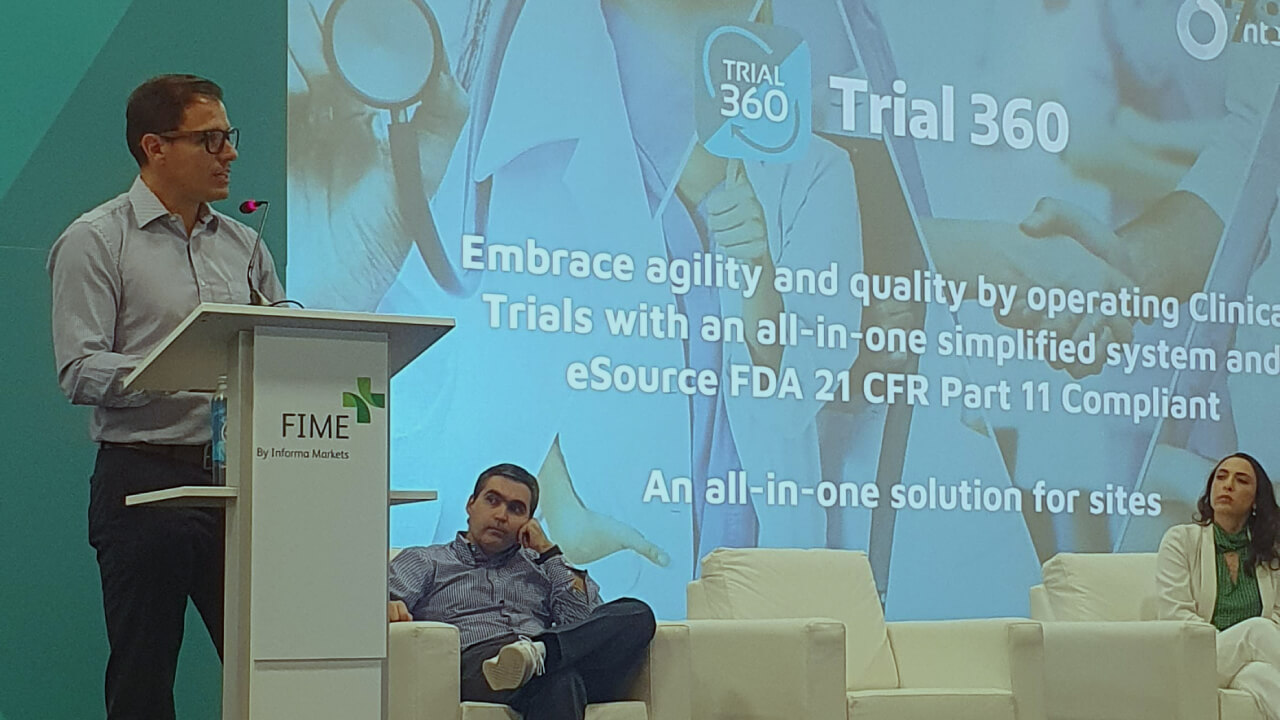Table of Contents
This blog provides the immense potential of CRISPR, a revolutionary genome editing tool that is revolutionizing the field of DNA editing.
What is CRISPR?
CRISPR (Clustered Regularly Interspaced Short Palindromic Repeats) is a gene-editing technology that allows scientists to modify DNA sequences with high precision and efficiency. It is based on a natural defense mechanism found in bacteria and archaea, where these organisms use CRISPR to recognize and destroy invading viruses.
The CRISPR system consists of two main components:
- CRISPR RNA (crRNA): A short RNA molecule that guides the Cas9 enzyme to the specific DNA target sequence.
- Cas9 enzyme: A protein that cuts DNA at the specified location.
DNA Editting for Dummies
Feature | Description |
Full name | Clustered Regularly Interspaced Short Palindromic Repeats |
Type of technology | Gene-editing technology |
Purpose | Modify DNA sequences with high precision and efficiency |
Components | CRISPR RNA (crRNA) and Cas9 enzyme |
Applications | Cure a wide range of diseases |
Ethical concerns | Possibility of creating genetically modified humans |
In recent years, CRISPR has emerged as a game-changer in the realm of genetic engineering, offering unprecedented precision and efficiency in modifying DNA sequences.
This breakthrough technology holds immense promise for the healthcare industry, particularly in the context of clinical trials conducted by pharmaceutical companies, research centers, and clinical research organizations across the United States. One area where CRISPR is making remarkable strides is in the genetic disorders, such as sickle cell disease.
CRISPR: A New Era in Gene Editing and Medicine
By harnessing the power of CRISPR, scientists are now able to target and edit specific genes responsible for these conditions, potentially offering a cure where none existed before. This groundbreaking approach has the potential to transform the lives of millions of patients and revolutionize the way we approach clinical trials.
This innovative gene-editing tool has been rapidly transforming the way scientists approach disease treatment, offering a glimpse into a future where genetic disorders can be cured, not just managed.
A Look Back: The Rise of CRISPR
CRISPR’s journey began with the discovery of a natural defense system in bacteria. These single-celled organisms utilize CRISPR to combat viruses by remembering and targeting their genetic sequences. Scientists have harnessed this remarkable mechanism, turning it into a powerful tool for precise editing of the human genome.
The development of CRISPR has been nothing short of phenomenal. A decade ago, in 2013, the first successful application of CRISPR in human cells was reported. Since then, technology has advanced at an astonishing pace, with clinical trials now underway for a variety of diseases.
CRISPR in Action: From Clinical Trials to Treatments

2023 marked a significant milestone in the CRISPR timeline and 2024 seems having a similar behavior. We witnessed the very first approval of a CRISPR-based therapy: Casgevy, a groundbreaking cure for sickle cell disease (SCD) and transfusion-dependent beta thalassemia (TDT). This approval signified a crucial turning point, demonstrating the real-world potential of CRISPR to transform lives.
Current clinical trials are exploring the application of CRISPR across diverse areas:
- Blood Disorders: As seen with Casgevy, CRISPR holds immense promise for treating blood disorders like SCD and beta thalassemia. By modifying the genes responsible for these conditions, scientists aim to achieve permanent cures.
- Cancers: Researchers are investigating the use of CRISPR to target cancer-causing genes, potentially leading to more effective and personalized cancer therapies.
- Eye Diseases: CRISPR has the potential to treat genetic eye diseases like Leber congenital amaurosis 10 (LCA10) by correcting the underlying genetic mutation.
- Chronic Infections: A novel approach involves utilizing CRISPR to eliminate chronic bacterial infections like UTIs (Urinary Tract Infections). This method involves a combination of CRISPR and bacteriophages (viruses that infect bacteria) to target and destroy specific strains.
- Protein-Folding Disorders: These disorders arise due to the malfunctioning of proteins in the body. CRISPR offers a potential avenue for correcting the genes responsible for these protein misfoldings, leading to potential treatments for diseases like Huntington’s disease and cystic fibrosis.
CRISPR Genome Editting Challenges in Clincial Trials
While the progress made with CRISPR is truly remarkable, it’s important to acknowledge the complexities involved. Here are some key considerations:
- Delivery Challenges: Delivering CRISPR components effectively into target cells remains a challenge. Scientists are exploring various methods, including lipid nanoparticles, to ensure the therapy reaches the right location.
- Off-Target Effects: CRISPR edits can sometimes affect unintended regions of the genome, potentially leading to unforeseen consequences. Continued research is crucial to minimize these off-target effects.
- Ethical Considerations: The ability to edit the human genome raises significant ethical questions. Open discussions are necessary to ensure responsible use of this technology.

The Road Ahead A Future Shaped by CRISPR
The future of medicine appears bright with CRISPR at the forefront. As researchers overcome the current challenges and refine their techniques, we can anticipate a surge in CRISPR-based therapies for a wide range of diseases. This technology has the potential to not only treat but also prevent genetic disorders, offering a new paradigm for healthcare.
Recommended full article: Genome Editting CRISPR
Get insider access! Subscribe to our newsletter LinkedIn for exclusive insights and updates on Clinical trials.
References:
1. American Society for Clinical Oncology. (2024). CRISPR in Clinical Trials. https://ir.crisprtx.com/news-releases/news-release-details/crispr-therapeutics-highlights-asgct-oral-presentation-and










